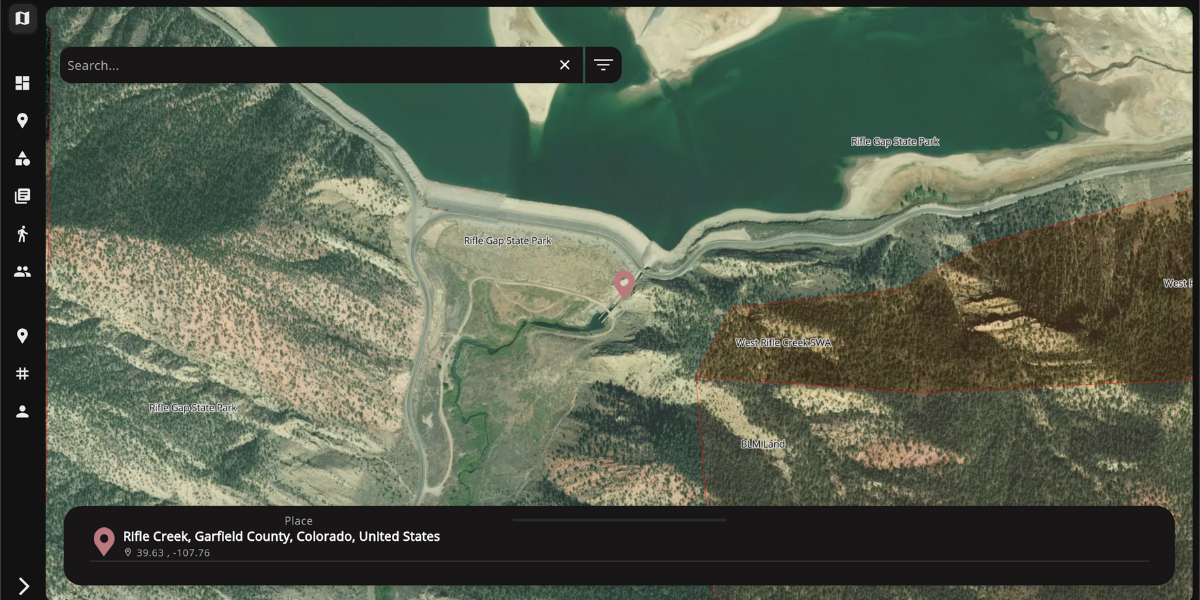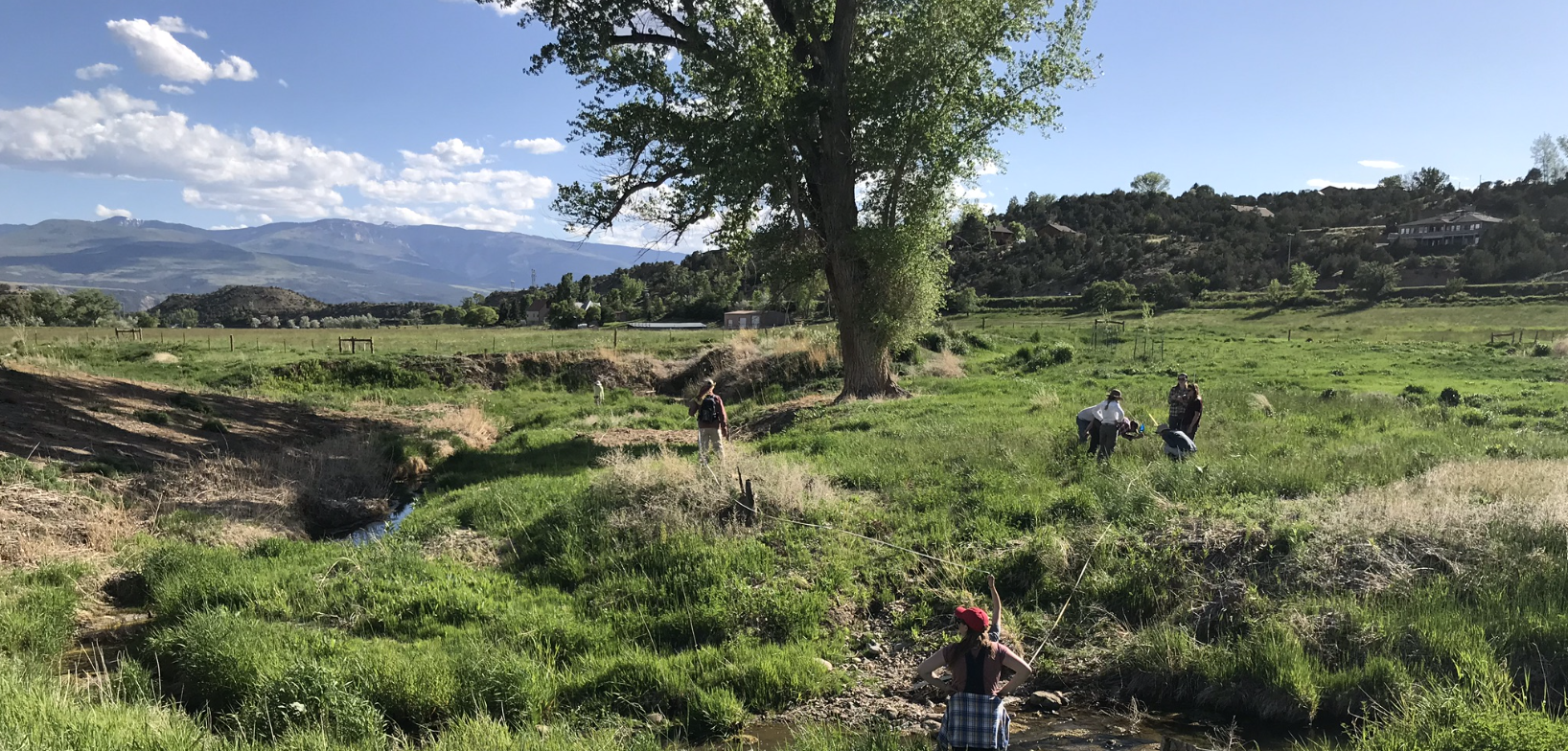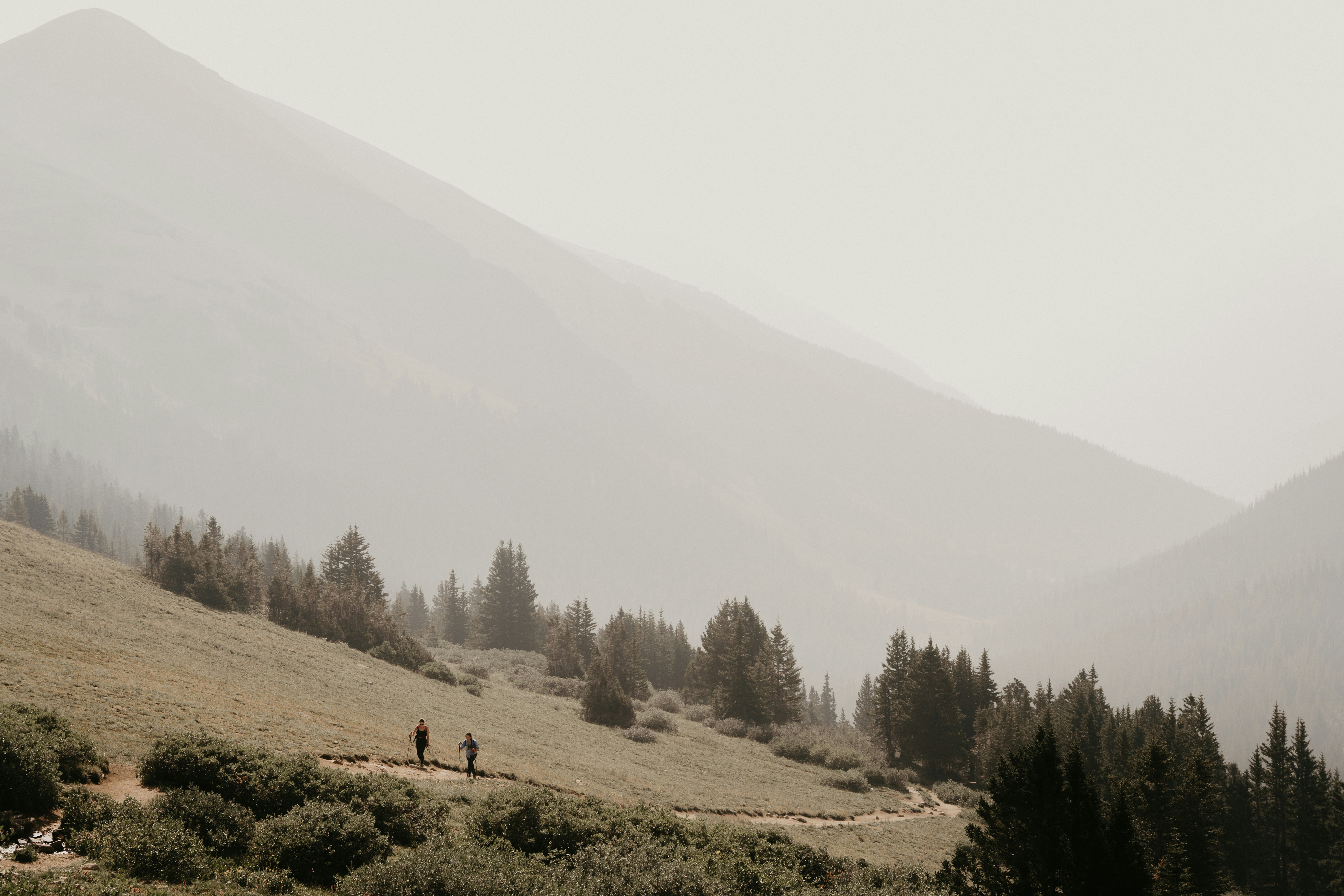A mile of Rifle Creek, near Rifle, Colorado, has undergone a remarkable transformation over the past ten years. Spearheaded by ranch owner John Powers in partnership with Colorado State University’s Colorado Natural Heritage Program (CNHP), this project demonstrates how thoughtful, long-term restoration can bring degraded riparian areas back to life.

A Decade of Action
The restoration began with extensive watershed assessments conducted from 2015 to 2019, which guided the development of an adaptive restoration plan tailored to the unique challenges of Rifle Creek. Invasive Russian olives, thistles, and other weeds were removed and replaced with thousands of native cottonwoods, willows, shrubs, and grasses. Protective fencing and drip irrigation were used to support young trees until they became established, ensuring long-term success.
Outcomes
- Stabilized Streambanks: Once deeply eroded from dam-influenced flows, the banks are now fully vegetated and resilient.
- Returning Wildlife: Deer, elk, songbirds, beavers, and native fish are thriving, supported by woody vegetation, shaded habitats, and improved water access.
- A Living Lab: The site serves as a model for interns, conservationists, and neighboring landowners, inspiring similar erosion-control and restoration efforts.
Why Rifle Creek Matters
- Ecological Recovery: Native trees slow erosion, filter pollutants, and create shaded cold-water habitats vital for aquatic life.
- Wildlife Habitat: Streamside shrubs attract songbirds and support beaver activity, which enhances biodiversity and ecosystem function.
- Community & Science Integration: Through monitoring, outreach events, and student internships, Rifle Creek demonstrates the power of hands-on stewardship and collaboration.

Kate Collins of the Middle Colorado Watershed Council highlights Rifle Creek as the first of many potential restoration projects, from Centennial Park to local golf courses, showcasing the broader ecological and social benefits of thoughtful land management.
Rifle Creek stands as an inspiring example for land managers and conservationists alike, showing how long-term investment in restoration and careful planning can create resilient landscapes that benefit both people and wildlife.
Learn more about Rifle Creek’s restoration journey through these Sources used in this article:
- Rifle Creek Watershed StoryMap (2019)
- Restoration Planning with Diverse Stakeholders – CNHP Blog
- Riparian Restoration on Rifle Ranch Marks 10 Years – GJ Sentinel
- Riparian Restoration on Rifle Ranch Marks 10 Years – Aspen Journalism
- Rifle Riparian Zone Overview – VisitRifle.com
- Middle Colorado Watershed Council on Restoring Rifle Creek
Header Image from Rifle Creek Watershed StoryMap (2019)



